In this article
View 4 More +When deciding between two dogs, you have to look at each minute detail. However, when you can’t choose between them, searching for a mixed breed can be an appealing alternative! If you’re interested in adopting a large, powerful canine, you may have considered the Cane Corso or the Belgian Malinois.
Both breeds have similarities and differences, but have you ever seen a cross between the two? Technically, any two dog breeds can be mixed, even ones as different as the Great Dane and Chihuahua (although this pairing would be potentially deadly for a Chihuahua mother and a logistical nightmare for a Chihuahua sire!). So, a Cane Corso Belgian Malinois mix does exist, but they are fairly rare and not a recognized hybrid or ‘designer’ dog breed. In this article, we’ll discuss what you can expect from a Cane Corso Belgian Malinois mix.

A Little History Lesson
Because the Belgian Malinois and Cane Corso (pronounced Kah-nay Kor-so) have similarities and differences, we will take a look at both breeds separately. Then, we’ll discuss what you might expect from a mixed breed between the two.
We’re starting with a brief history of each breed because knowing what they were initially bred for provides clues about their temperament and energy level.
Cane Corso History
Cane Corsi (plural) hail from Italy, but their early ancestors, Molossus dogs, were from Greece. The Roman Empire fell in love with these giant dogs during the occupation of the Greek Islands and brought some back with them to Italy. They were bred with Italian breeds, which brings us closer to the Cane Corso we’re familiar with.
They were initially used as war dogs, but by the 5th century, they were used for driving livestock, hunting wild boar, and guarding farms and hen houses. By the 20th century, the Corso was an endangered breed, but Italian fanciers brought them back from extinction, and the dogs made their way to North American shores by 1988.
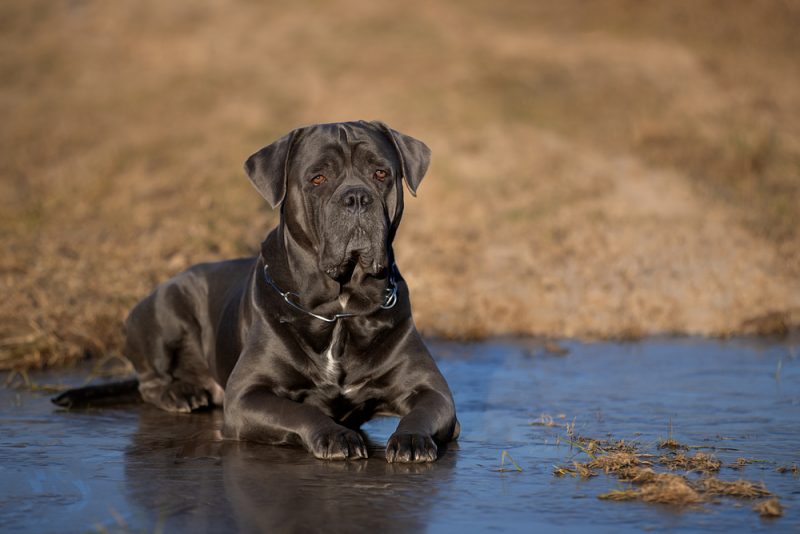
Belgian Malinois History
The Belgian Malinois comes from Malines in Belgium and was bred to be a herding dog. The focus was more on making them the best herders without worrying too much about their appearance (and yet, they are very handsome dogs).
The Mal became very popular with cattlemen and shepherds for their excellent herding skills. They were eventually brought to North America in 1911, but during World War II, their numbers decreased (like the Corso) and stayed that way until the early 1960s.
However, lovers of the Mal managed to bring their numbers back up, and while they are still used for herding, they are popular dogs for working with the police and the military.

Temperament
When it comes to temperament and behavior, early experiences, socialization, and training play the most important role. However, genetics also significantly impact a dog’s instinctive and intuitive reactions in a given situation, so being familiar with the breeding history of your dog can give you a real insight into what to prepare for and how to tailor your socialization and training plans to suit.
This becomes slightly more complex when we add more breeds into the mix, so the best thing to do is learn about the temperaments we see most commonly in both.
Cane Corso Temperament
The owner of a Cane Corso must be someone with experience who can handle a strong dog. Socialization is essential for all dogs, but particularly so for the Corso. They are very intelligent and form powerful bonds with their owners.
Without the all-important socialization and training, they can quickly become protective and reactive to strangers and other dogs, which can progress into aggression. They need an owner who can be a strong leader, with gentle yet firm training. Corsi will often view outsiders with suspicion and have a predisposition towards guarding what is theirs. Although having a good guard dog can be reassuring, it is important that their protective nature be a controlled one; you don’t want a potentially dangerous dog on your hands.
It’s also important to teach them from a young age to freely give back toys and allow people and other dogs near them when they are eating. Resource-guarding in a large and powerful dog can become very dangerous very quickly, particularly with a dog that will easily outweigh children and even small adults.
Belgian Malinois Temperament
The Belgian Malinois is a highly intelligent, highly energetic, and highly tenacious dog that has become a favored breed in military and police work due to their high trainability and stamina. As pets, they are loyal and playful but can be demanding and destructive if not given enough attention and enrichment to keep their minds and bodies active.
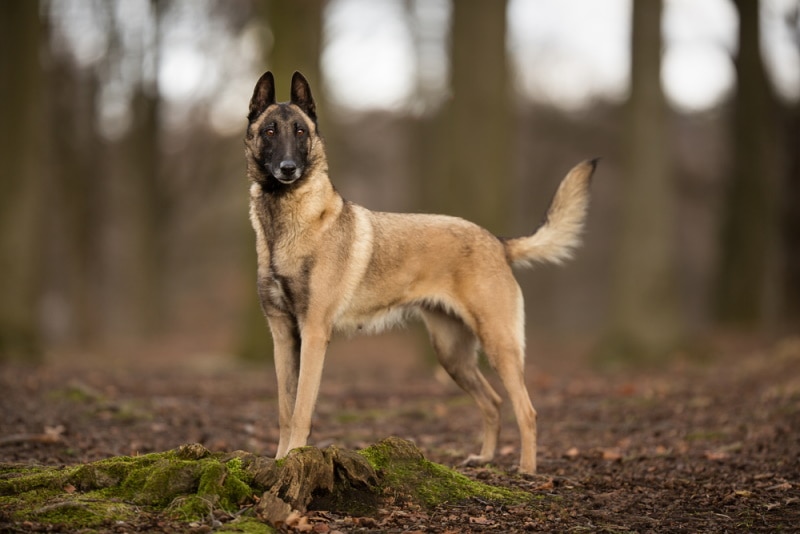
Cane Corso Belgian Malinois Mix Temperament
As you can probably already guess, a Cane Corso/Malinois mix may be quite the handful. Combining the strength and power of the Cane Corso with the energy and intelligence of the Malinois may result in quite an interesting dog! However, the calmer demeanor of the Cane Corso and obedience we see in the Malinois may also shine through.
This mix will require plenty of time, patience, discipline, and training experience, and may be better suited as a working guard dog than a pet.

Physical Description
Cane Corso Physical Description
Cane Corsi stand at 23.5 to 27.5 inches at the shoulder and weigh as much as 88 to 120 pounds. They have a lifespan of 9 to 12 years. The Cane Corso has a very stocky, muscular build with a massive square head and powerful jaws. They have smooth, short coats that come in various colors, such as fawn, black, brindle, gray, red, and chestnut.
Belgian Malinois Physical Description
The Belgian Malinois looks similar to the German Shepherd, but they have slimmer heads and builds. They stand 22 to 26 inches at the shoulder and weigh around 40 to 80 pounds. Their lifespan is typically 14 to 16 years.
Mals also have smooth, short coats but shed more than Corsi. They come in mahogany, red sable, fawn sable, red, and fawn.
Cane Corso Belgian Malinois Mix
The offspring of the Corso and Mal will be large dogs. Depending on their genetics, they might be stocky, slimmer, or somewhere in between. The coloring will also vary depending on the parent they take after.

Care
Cane Corso Care
The Cane Corso needs a lot of exercise, but grooming is a piece of cake thanks to their short, smooth coats, so they only require the occasional bath and weekly brushing. Luckily, they aren’t known to be serious shedders. However, their food bills will be high since they’re large dogs who love to eat!
Belgian Malinois Care
Mals also need a lot of exercise but are more energetic than Corsi. They shed a lot more, so they need more frequent brushing, which is still easy, thanks to their short coats. They might not eat quite as much as the Corso, but they are large dogs.
Cane Corso Belgian Malinois Mix
As a large breed, they will have a large appetite and need around 1½ hours of daily exercise, as well as weekly brushing and occasional baths. Be aware that the guarding and protective nature of both breeds is likely to result in a dog that feels they need to patrol your home and warn you if anyone (or anything) is outside. Providing these dogs with a crate or ‘bedroom’ that they can retreat to is a great way to allow them to take time off their ‘guard duty.’ You don’t necessarily need to close the crate; it just helps to give them a space of their own.
Both breeds are relatively healthy and robust, with neither having any major genetic conditions. Being large dogs, it is important to keep them in lean body condition, take care of their joints, and ensure they are not fed within 2 hours of exercise to reduce the risks of bloat and gastric torsion.
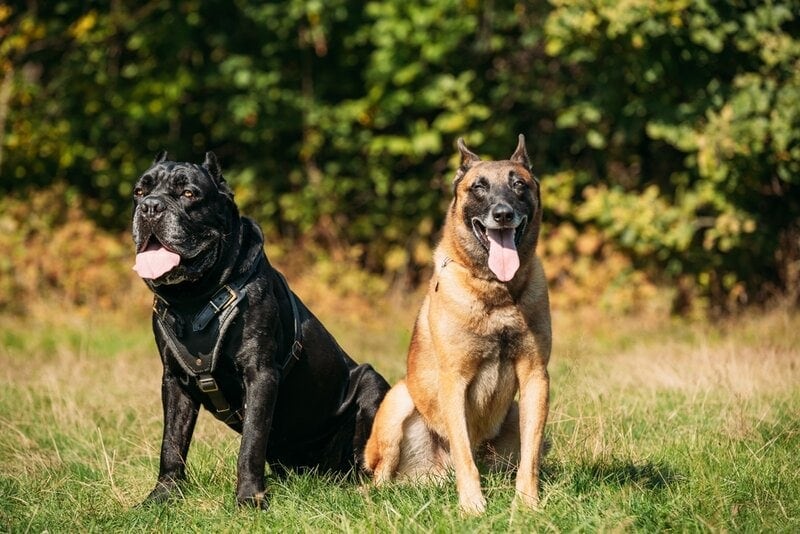

More on the Cane Corso Belgian Malinois Mix
Why are these mixed breeds hard to find? It is simply that they aren’t a mix that is commonly sought after and would be unlikely to enter the ranks of designer breeds like the Labradoodle, Cockapoo, or Schnoodle!
Although you may find yourself with a very large, laid-back, loyal companion, there is a pretty good chance that the Corso/Malinois mix is going to be hard work and will need an experienced owner who will socialize and train them with love and loads of patience. They’ll need plenty of space and lots of exercise, and are definitely not suited for apartment living.
You’ll need to plan to give them an intense workout at least three days a week and long walks on the other days.
Is the Cane Corso Belgian Malinois Mix Suited to Families?
While we don’t like to ever say a firm ‘no,’ this particular mix of breeds is not one that we would classify as family-friendly, particularly if there are smaller children in the house. Even the most well-trained and disciplined dog could become dangerous due to their large size and protective nature, particularly if they become attached to one family member.
What About Other Pets?
Both dogs will have quite a strong prey drive and be keen to chase any smaller pets that run away, so we would recommend caution with cats and small furries. Their dynamic with other dogs will depend greatly on the nature of their canine companions and how they might fit into an existing pack.
As a general rule of thumb, you are more likely to have conflict/friction between dogs of the same sex, particularly if they are not neutered/spayed.

Conclusion
Although a Cane Corso/Belgian Malinois mix is possible, it is not a crossbreed seen very often. Both dogs are powerful, protective, and loyal, and need an experienced dog owner to provide them with strong leadership, strict obedience training, socialization, and plenty of mental and physical enrichment.
Every dog is different, and it is impossible to predict the behavior and temperament of a dog based on breeding alone. However, being aware of your pet’s prevailing genetic traits is the best way to prepare for any behavioral and health conditions that may arise.
A Cane Corso/Belgian Malinois mix would make an excellent working guard dog or loyal companion, but we would hesitate to recommend it to an inexperienced dog owner or young family.
See Also:
- Cane Corso Australian Shepherd Mix: Guide, Pictures, Care & More
- Cane Corso Dogue de Bordeaux Mix: Pictures, Temperament & Traits

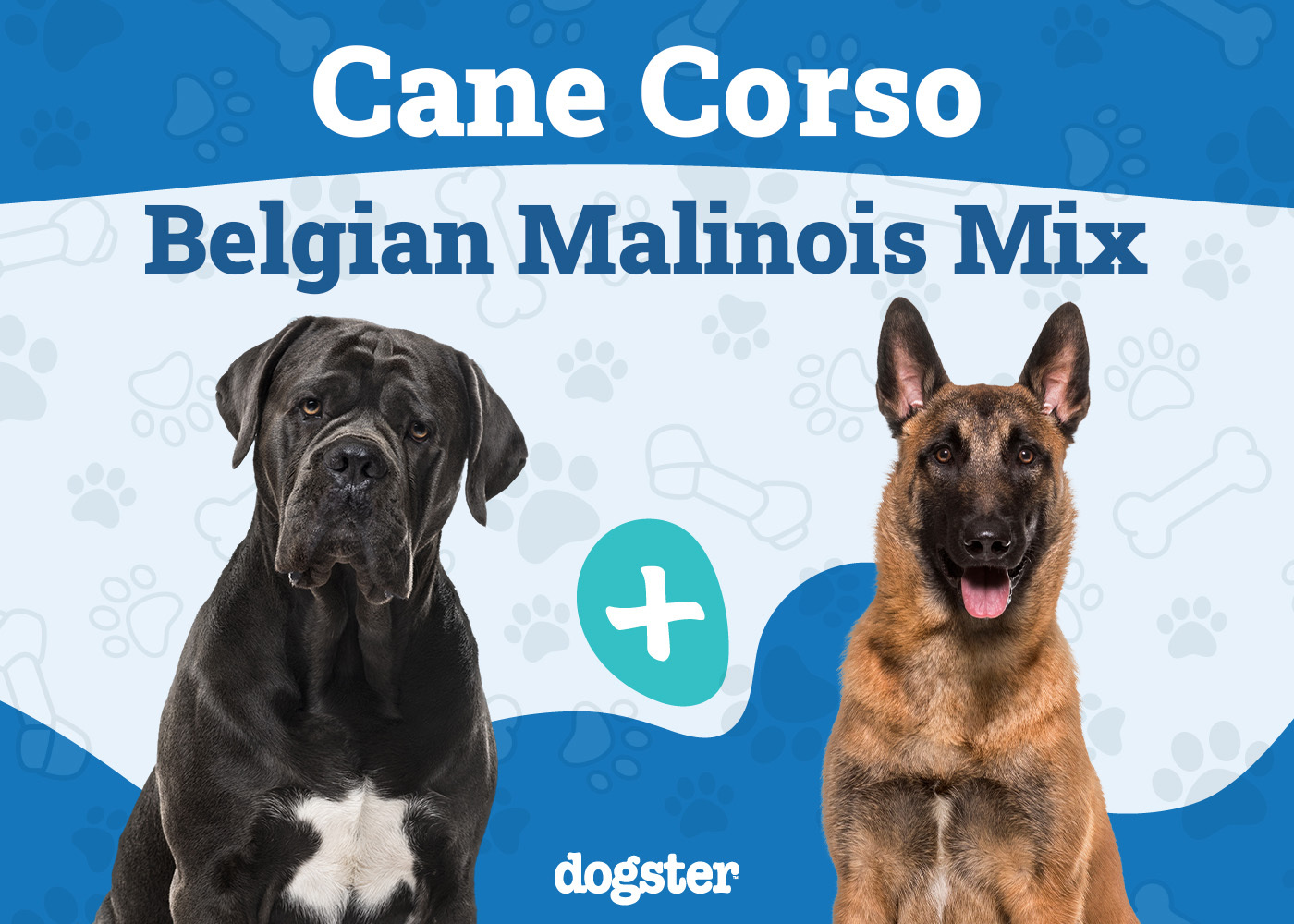

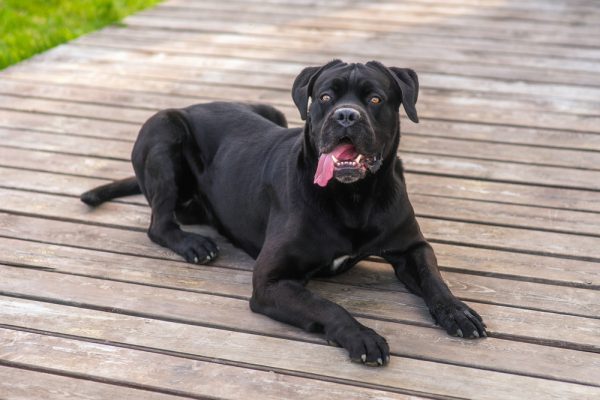

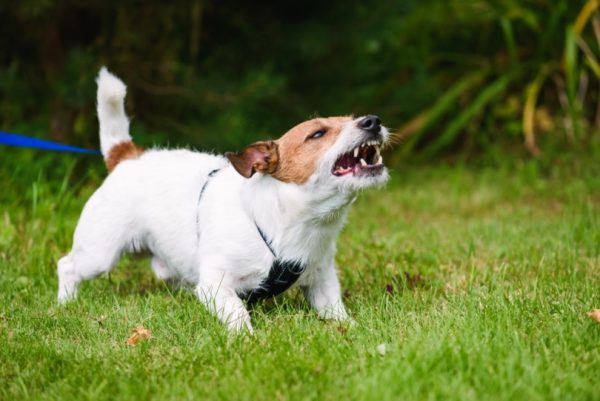
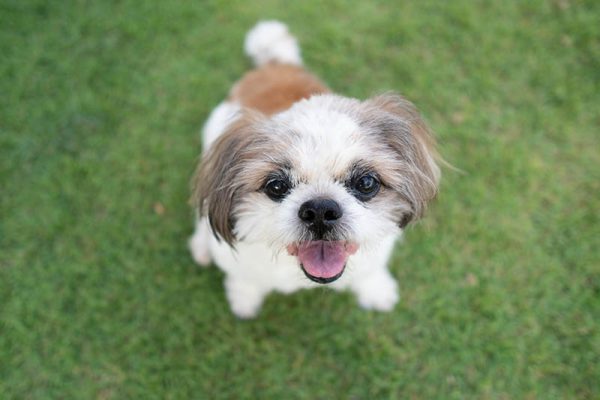

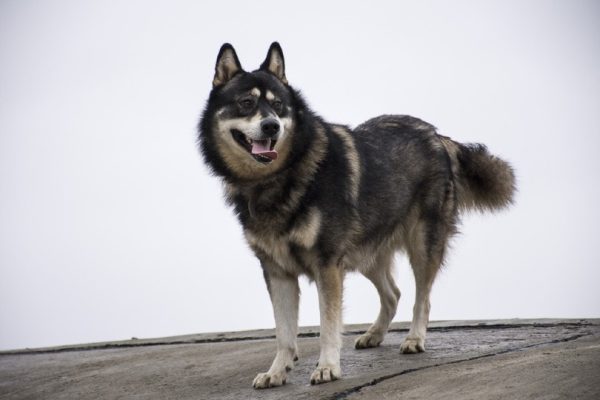
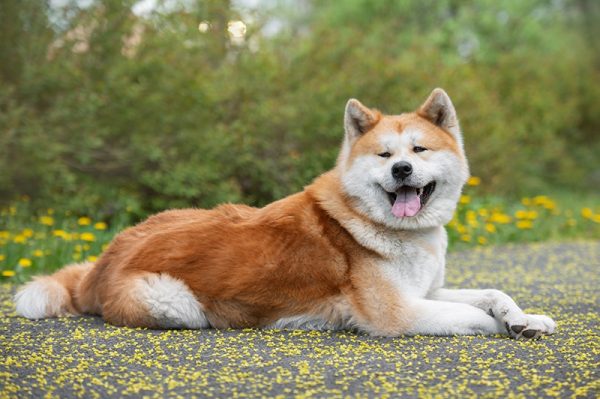
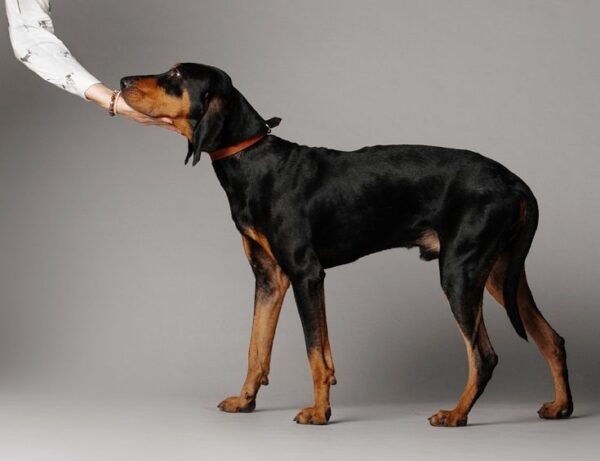
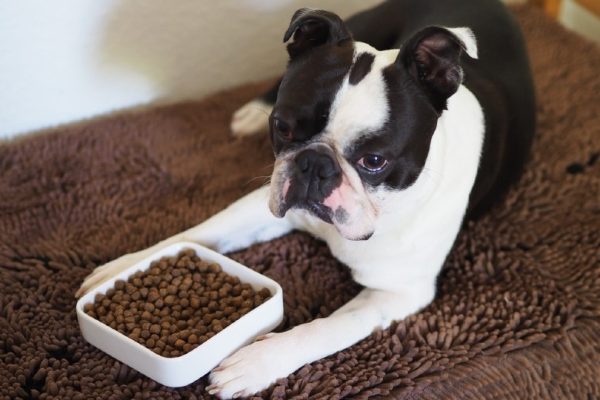


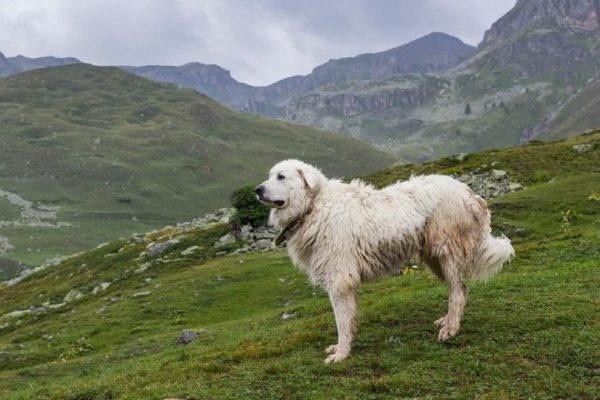


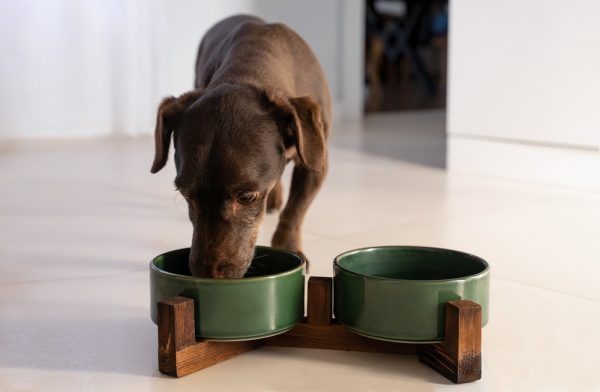
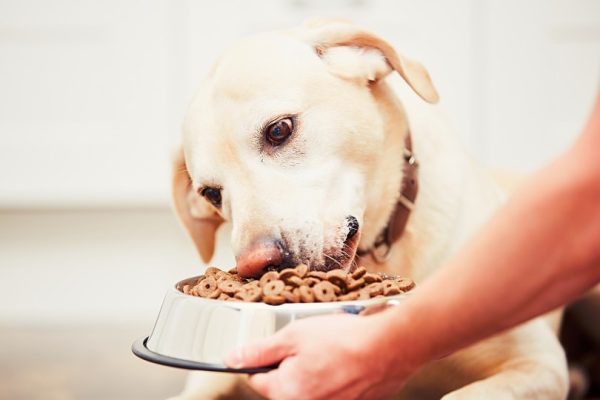

2 Responses
Good Morning,
I found your article to be extremely informative, as I just got a Cane Corso/Belgian Malinois mix puppy a couple of weeks ago. He is 11 weeks old currently and I'm looking forward to getting him socialized and start obedience training to help him be a part of our family for the next 10 to 15 years.
His name is Grizzly and I have a lot of pictures of him if that would help you in any way